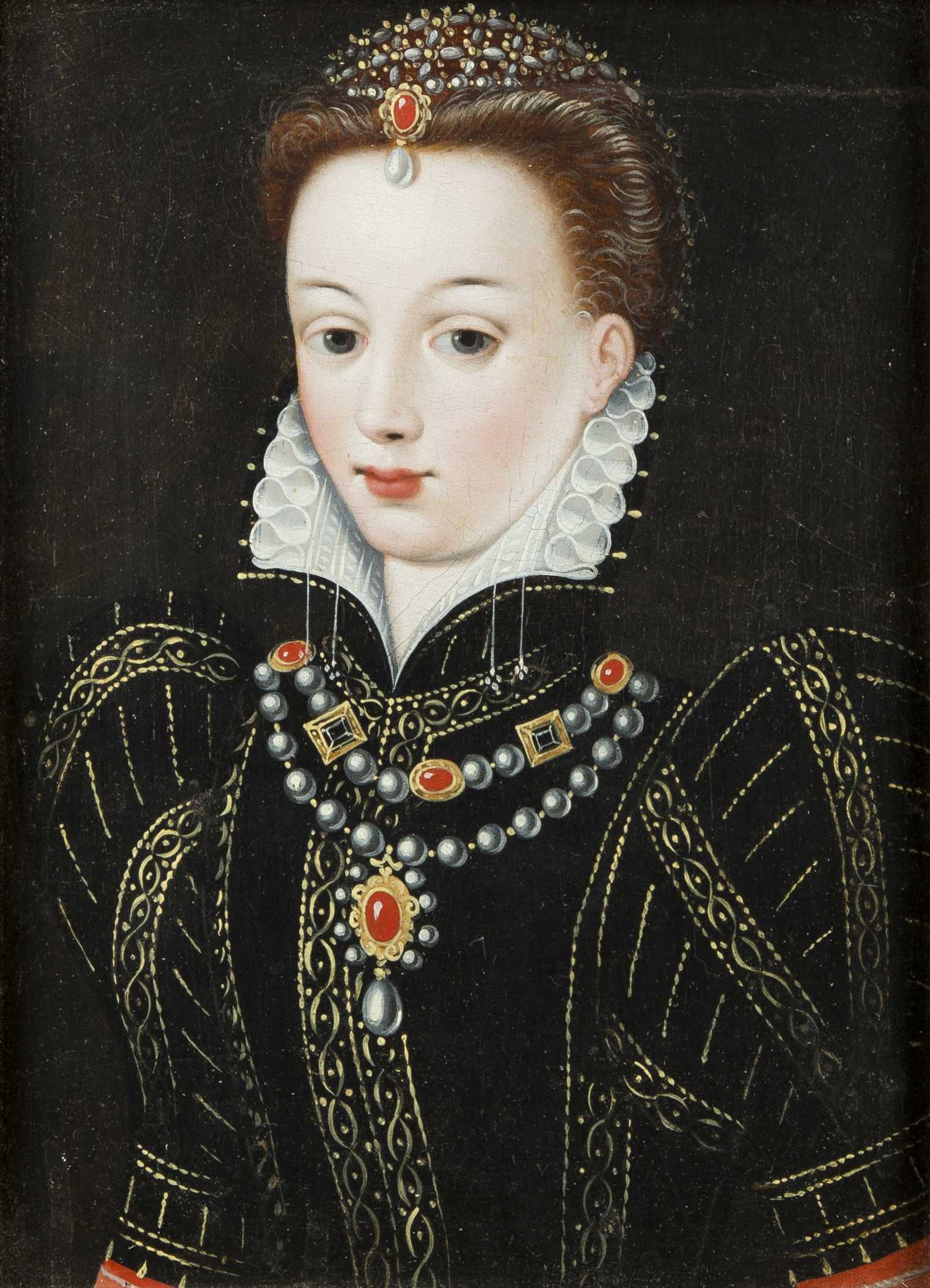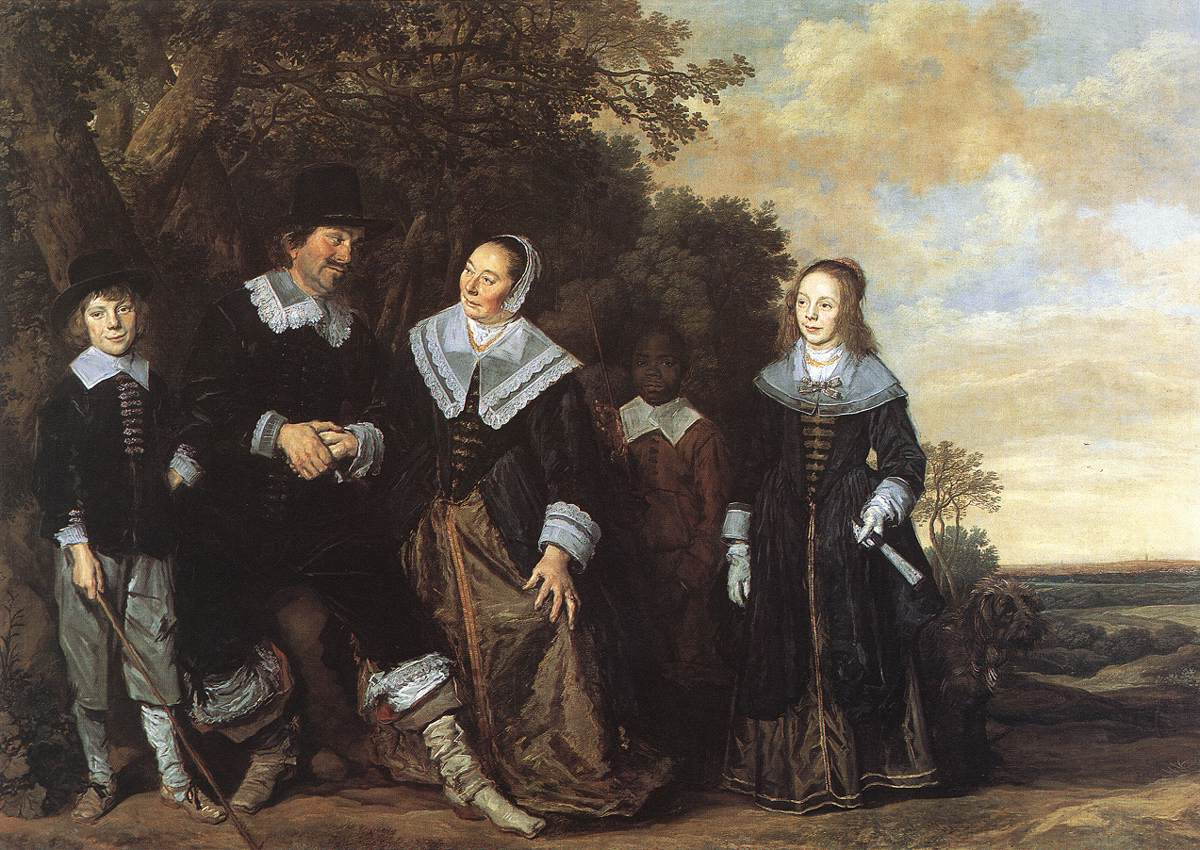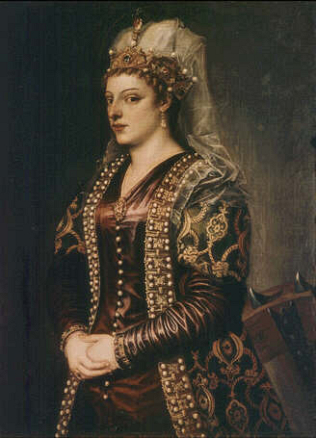King Arthur and Queen Marie at the Citadel Palace in 1880.
[1] Arthur, third son of Queen Victoria, born 1850, was 17 when offered the throne of Canada. Whilst his older brother had been prevented from assuming the Greek throne by the Treaty of London, no such treaty prevented Arthurs ascension. In 1867, Arthur moved to Canada and set up home in Quebec at the
Citadel Palace - although Ottawa remained the seat of government.
Arthur was unmarried when he became King and the Constitution Act provided succession rights to his younger siblings (Leopold and Beatrice), should he provide no heirs - in fact Leopold, only 14 at the point of his coronation, was made Duke of Nova Scotia (one of the four initial states of the Kingdom of Canada - Quebec, Ontario, Nova Scotia, New Brunswick - with Manitoba, British Columbia and Prince Edward Island being absorbed by 1871).
Victoria had planned her son to marry a Prussian Princess, but as he was now a monarch in his own right, plans changed. With the Parliament of Canada insisting upon a Canadian match, settling on Marie Belleau, a granddaughter of the Governor of Quebec, Narcisse-Fortunat Belleau (Belleau existed, married a woman called Marie but the possibility of a son and granddaughter is hypothetical) and they married in 1873 with Newfoundland being gifted to the fledgling Kingdom by Queen Victoria on the occasion.
Marie bore Arthur three children without any problems with the eldest born in 1875, but died in childbirth in 1885 during the birth of their fourth - a son who would be named Albert after his paternal grandfather.
Arthur himself died in 1902, shortly after his mother and elder sister, suffering from pneumonia after a particularly harsh winter in Quebec. He was succeeded by Prince Francis, his eldest son.
Francis with his father-in-law, Hugh MacDonald
[2] Named after his paternal grandfathers real first name, Prince Francis Albert Fortunat Arthur, was born in 1879, four years after his older sister, Louise Marie.
Growing up he was taught about his future kingdoms history and filled with pride for it.
At the turn of the century, at midday on the 1st January 1900, he married Isabella MacDonald, born 1885, as grand daughter of of the first
Prime Minister of Canada, Sir
John A. Macdonald, through his son and Manitoba Premier,
Hugh John Macdonald and his second wife Gertrude Agnes VanKoughnet.
No one expected to receive news of his father’s death at the age of 50, and his death was felt hard across the country. Especially 22 year old Francis, who now found himself king.
He formed a strong alliance with France and his Uncle Edward VII and cousin George V in Britain.
These alliance would be key when war broke out in 1914.
In 1915, with growing resentment to Imperial German growing in Canada, the Canadian royal family dropped their German sounding name and adopted the name of Sussex, in honour of the Prominade that led to their large royal
residence and grounds located in New Edinburgh.
The war ended in 1919, with Britain, Canada, Russia and France victorious over Germany and Austria, with a peace treaty signed in Paris that was not harsh but not easy on either Austria or Germany.
The remaining years were peaceful with the European council presiding over a tenuous peace.
King Francis died after suffering a fatal heart
attack while taking a bath on 19 April 1949, a week shy of his 70th birthday, . The crown passed to his son, Crown Prince Peter .
Peter, Prince of Quebec, and Arthur of New Brunswick in 1930 at the latters wedding.
[3]
1) Leopold, Duke of Nova Scotia from the age of 14 in 1867, married Princess Louise Margaret of Prussia (whom had been proposed as a wife for his elder brother Arthur previously) in 1979 when he was 26 and she was 19. In 1883, Leopold and Louise had a daughter, Alice, and then in 1884 whilst Louise was pregnant, Leopold died. Alice inherited the Duchy of Nova Scotia at a little over 12 months old (Canadian titles, like Scottish, could pass to and through a female line in the absence of a male - ergo whilst Alice inherited the Duchy of Nova Scotia, the Duchy of Albany passed back to the British crown) when Louise gave birth to a second daughter named Leopoldina (after her father). Alice in turn married Alexander of Teck in 1904, created the Duke Consort of Nova Scotia upon marriage, and they had three children - Louise (b. 1908), Alexander and Maurice.
2) Crown Prince Peter was the eldest child and only son of Queen Consort Isabella and King Francis, born in 1906. Whilst his parents were comfortable at Rideau Hall in Ottowa, the heir apparent was sent to live with his uncle Albert, created Duke of New Brunswick by King Arthur, at the Citadel Palace in Quebec - and at the age of sixteen in 1922, he was created Prince of Quebec.
With the outbreak of war in 1914, his great aunt Louise Margaret of Prussia and his fathers cousins, Alice, Duchess of Nova Scotia and Leopoldina, Duchess of Sodermanland (her husband was Wilhelm, son of Gustav V of Sweden), moved to Canada with their young children for the duration of the war and shared the Quebec residence with the Crown Prince. This was the first meeting of Peter and Louise - and when the time came for the (then) Prince of Quebec to marry in 1924, a match with Louise was suggested by the Duke of New Brunswick with, whilst a match with Leopoldina's daughter (also Leopoldina) was suggested for his own son, Arthur.
In 1926, Louise of Nova Scotia (age 18) married Peter, Prince of Quebec (age 20) with a marriage between Leopoldina of Sodermanland and Arthur of New Brunswick taking place in 1930. Louise and Peter had several children, and their movie star good looks made them popular with the public.
When his father died in 1949, Peter was 43 and moved his family from the Citadel Palace in Quebec to Rideau Hall in Ottowa. He duly installed his eldest son as the Prince of Quebec (who had been Duke of Manitoba until that point) and he moved back to Quebec and the Citadel Palace.
Peter who had been a pilot and part of the Royal Canadian Air Force, continued to fly for leisure when he became King and died in 1960 aged 54 whilst flying the Royal plane on a visit to Arthur, the capital of Camosack (the name given to the new Canadian state that had previously been Vancouver Island), crashing in a cornfield in Saskatchewan.
He was succeeded by son Arthur, Prince of Quebec.
Arthur, Prince of Quebec in uniform (c.1951)
[4] Arthur II of Canada was 32 when he succeeded to the throne of Canada, unmarried and extremely popular with the increasingly liberal Canadian public. His father, a known conservative, had agreed through from 1950 to 1954 for Canada to come to the aid of England in their war against Germany, but due to a limited Canadian Army Reserve, was forced to put in place conscription. Furious at his father's choice, the 23 year old
Prince of Quebec volunteered secretly, under the name Arthur Sussex, and fought in the war against his parents wishes. Thus, the young man became a highly popular heir. After the war's completion in 1954, the young man joined protests against the segregation of schools and workplaces, and in 1957, was to be one of 150 signatures of major politic representatives to overturn racist laws left by his royal predecessors. This left him at odds with his father, but by 1960 and his death, there was talks of a reconciliation in the works. Unfortunately, he was left alone and without closure for that event. Breaking with tradition, the new King attended his father's funeral.
The Funeral of Peter I of Canada. (c.1960)
Newly coronated, the King was able to fulfill his wish since 1958, and preparations began for his wedding to Canadian film star Stella Nicholson. The match would be against the
Queen Dowager of Canada's hopes, as she had always supported an alliance with Imperial Russia, a growing superpower in Europe, against a native match. However, the lady in question was hugely popular with the Canadian public, and after a private wedding in 1961, she and her husband were to be publicly coronated together, meeting separately for the ceremony. Queen Stella was to be known for her stunning lavender gown, still in mourning for the King. She was attended by her husband's 3 sisters and his royal cousins.
A candid shot of Queen Stella of Canada prior to her coronation. Left to Right: the Princess Alice of Teck, Princess Mary of Canada, Princess Joan of Prince Edward Island (back), Queen Stella of Canada, the Duchess Barbara Victoria of Nova Scotia (back{daughter of the late Alexander, Duke of Nova Scotia}), Princess Evelyn of Canada, the Countess Nicole of Yukon and her twin Lady Charlotte of Yukon, and finally the Princess Grace of Canada. (c.1961)
A high spectacle, the coronation of Arthur and Stella,
King and Queen of Canada, was met wit uproarious excitement by their people, and the Queen's last film, released later that year (the story of a woman who falls in love with a handsome stranger who turns out to be an English Duke, written to capitalize off her then romance and later marriage with Arthur) went on to become the biggest hit of 1961 in Canada, the United States, England, Australia and, surprisingly, India
. However, the biggest success for the royal couple was their honeymoon, for they were able to remain unattended for almost a month, travelling incognito through the Victoria (OTL the Northwest Territories) and thus relax.
The King and Queen of Canada during their honeymoon. (c.1961).
In 1962, the Tsar of Russia, Nicholas III (son of a brief marriage between Alexai I of Russia and Duchess Ingeborg Alix of Oldenburg, born in 1923), visited the Canadian capital of Toronto with his eldest son, the 17 year old Alexander Nikolaevich,
Tsarevich of Russia, in order to facillitate a match between him and the King's youngest sister, the 19 year old Grace of Canada. The King, however, refused to consider a match unless both parties agreed, and also stipulated that he didn't want his sister "trapped in Russia, isolated or forced into the Orthodox religion". For these reasons, the King found himself in the middle of a major political tightrope. Canada's Russian alliance had been hugely beneficial to economically for the country, particularly after the war. Russia was, at this point, a manufacturing powerhouse and, with the flexible constitutional monarchy put in place during the Regency of the sickly Tsar Alexei I from 1907 to 1922, the Tsar was probably the most singularly powerful political leader at this time. However, during the 7 months stay in Toronto, the Tsarevich and the Princess Grace did find common ground, and thus, agreed to an engagement. They would be married in 1964.
However, foreign relations were not the only issue the Canadian King faced. In 1966, he appointed a new Prime Minister in Harold Davidson, during a tired election following the ousting of former Prime Minister Gregory Charleston over major and obvious corruption. His choice in the new Prime Minister was controversial for two reasons, (1) the two had a political history together, and (2) his choice was a black man and former head of the Civil Rights group that the King had been affiliated with in his youth. In addition, the tied vote between Davidson and his opponent, James Elijah Smith, was tarred by allegations by the losing party that the votes had been tampered with, potentially by the King himself, to ensure Davidson's win. When the King agreed to a recount and it was seen that the votes were, if anything, more favourable to Davidson, Smith spoke publicly that he believed in a conspiracy against him. When he later referred to the new Prime Minister as a "slave King", the actual King was forced to take action, and in 1969, James Elijah Smith was convinced to leave the country, and in 1972, released a book entitled "The Black Man Stole It All", an autobiography that was famously sold in the 'Comedy' section of many bookstores by accident.
Davidson, however, took the matter quite seriously. A major political activist with hopes of bringing forward equality for all, he lobbied in his new position for an end to various minor laws that disenfranchised black members of the Canadian public. The King supported his Prime Minister, but in 1967, was forced to veto a Prison reform to desegregate cells. The reason for this was that, with the prisons desegregated, prison fights rose by 28%, in part due to a growing racial tension built up by figures like James Elijah Smith. This came to a head in 1973, with the assassination of the Prime Minister, during a speech in Yukon, as a guest of the Countess Nicole.
Harold Davidson, Prince Minister of Canada from 1966 to 1973 (c.1971)
The King found that, despite his best efforts, racism in Canada was a growing problem, and during the "1974 Calgary Riots", during which over 100 black owned businesses were burnt to the ground and nearly 1000 residents, both black and white, were killed. The King's new Prime Minister, the conservative Simon Johnson, spoke out against both sides, but when protests against the grouping of non-violent defenders against white supremacist attacks began to pop up soon after, the King was forced to watch as his government began to overturn much of the good his friend and former Prime Minister had done in the past 7 years. While he couldn't publicly speak out against his government, he famously wore a pin with a black swan on it to a meeting with the Prime Minister in 1975. The black swan, a symbol to the Canadian Civil Rights movement, was noted and commented on immediately, and when this became a regular part of the King's wardrobe, there remained no question as to the deliberate nature of his choice. The fact his favourite, unmarried sister the Princess Mary, in 1977, attended peaceful protests in Toronto and, later, Calgary, choosing to make it her primary place of residence, spoke volumes to the royal family's position on the matter.
In 1983, the Queen died while in a hot air balloon. The story, later sensationalized beyond sympathy, was that the Queen had agreed to go out on a ride with her youngest child, the Princess Louise. However, the Princess refused to go up until her mother had proved it was safe. Thus, the Queen went up with only the flight attendant. However, probably due to the change in air pressure and a bad blood pressure, the Queen suffered a heart attack. The young Princess, distraught, would find her mother dead upon the balloons return, and would remain in counseling for many decades afterwards.
Queen Stella of Canada (c.1982)
His wife dead, the King found his workload growing more and more heavy. While race relations had stabilized and his workload was increasingly shared with his eldest son and heir, he found much of the growing technological ways tiring and confusing, and furthermore his health was no longer as robust as it had been in his youth. Thus, it was surprising when the King began, out of the blue, an affair with a 28 year old Canadian Model, in the form of Sarah Thomas. They began to see each other in 1986.
Sarah Thomas (c.1985)
Sarah Thomas, a semi successful model and part time teacher of art and music, crossed paths with the
King of Canada in 1981, when attending an event for the opening of the the Harold Davidson Museum of Canadian History, a project begun by his family with financial and moral support by the royal family. It has been suggested that Miss Thomas and the King might have begun their affair soon afterwards, but based off her 2 year stint in Germany, modeling for various clothing houses there, it's incredibly unlikely. In addition, there had been no suspicion that the King was unfaithful to his wife in their 23 years of marriage upon her death, and he himself claimed in 1990 that they had been seeing each other for "maybe four years". This came with a second marriage around this time, due to her first pregnancy.
The King faced considerable backlash from many of his family members, although his child themselves seem to have simply accepted Miss Thomas as a part of life by the time she and their father married and they received a baby sister in 1991. However, the
Tsarina of Russia, having always visited her Canadian family every August since arriving in Russia, refused to go that year, claiming illness, but obviously snubbing her brother. His sister, the Princess Mary, also refused to meet with the new Queen upon their marriage, although in her case, she had at this point formed her own secret relationship with one Martha Tonrich. The Princess Mary would die in 1993, leaving her worldly possessions to her partner and having never met her sister-in-law.
Martha Tonrich (left) and the Princess Mary (right) (c.1987)
The King died in 1998, having just seen the birth of his and Queen Sarah's second child, Prince Oliver of Canada. At the age of 69, just days before his 70th birthday, he left a widow of 40 years old, 7 children across 2 marriages, and an heir in Sebastian, Prince of Quebec. He was remembered fondly by his country.
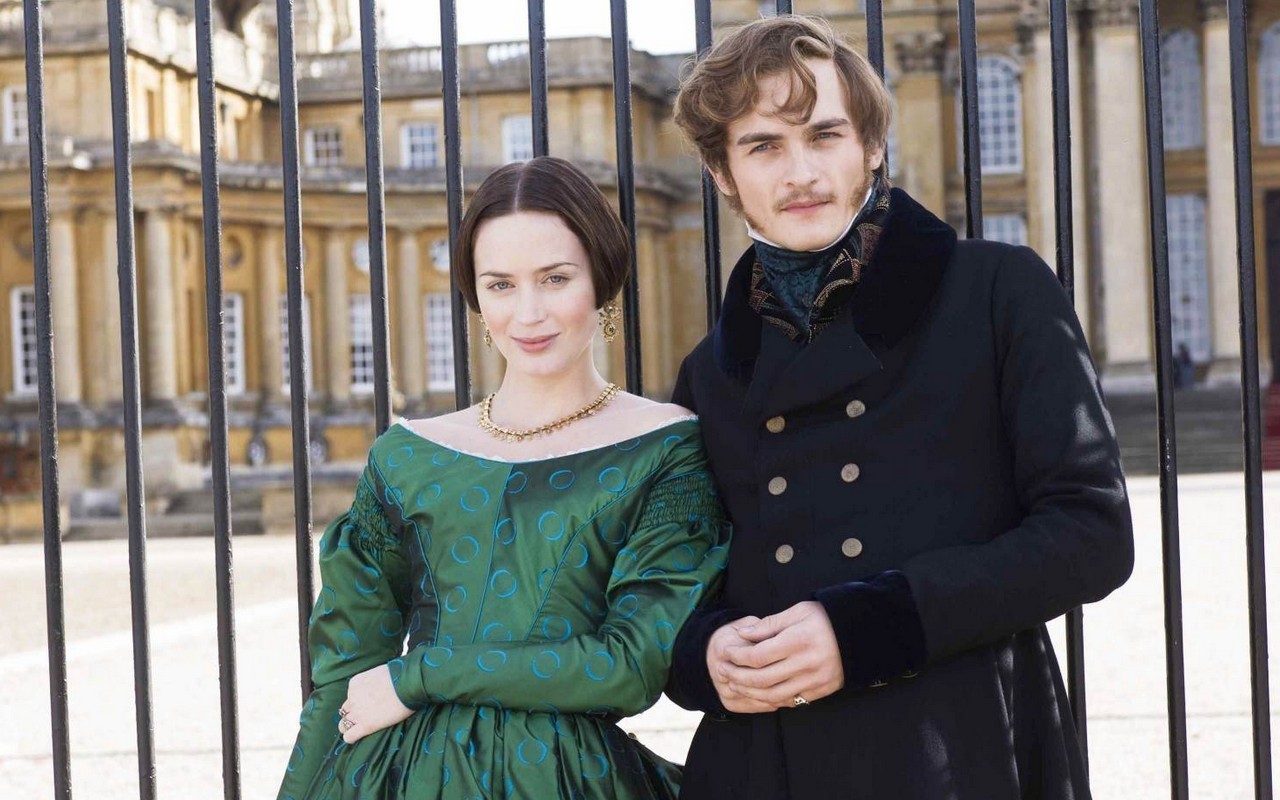
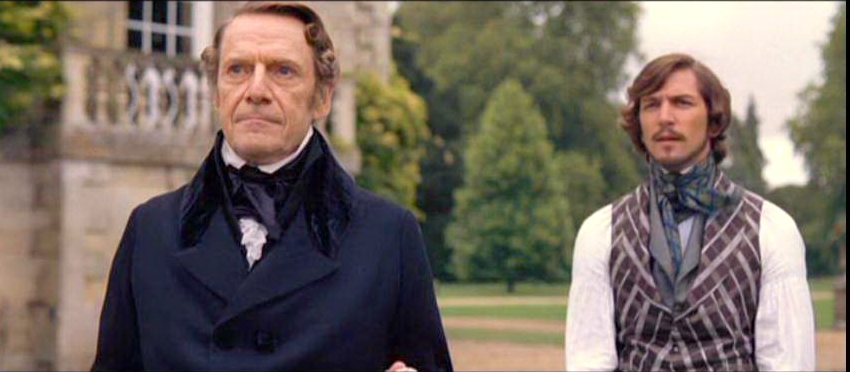



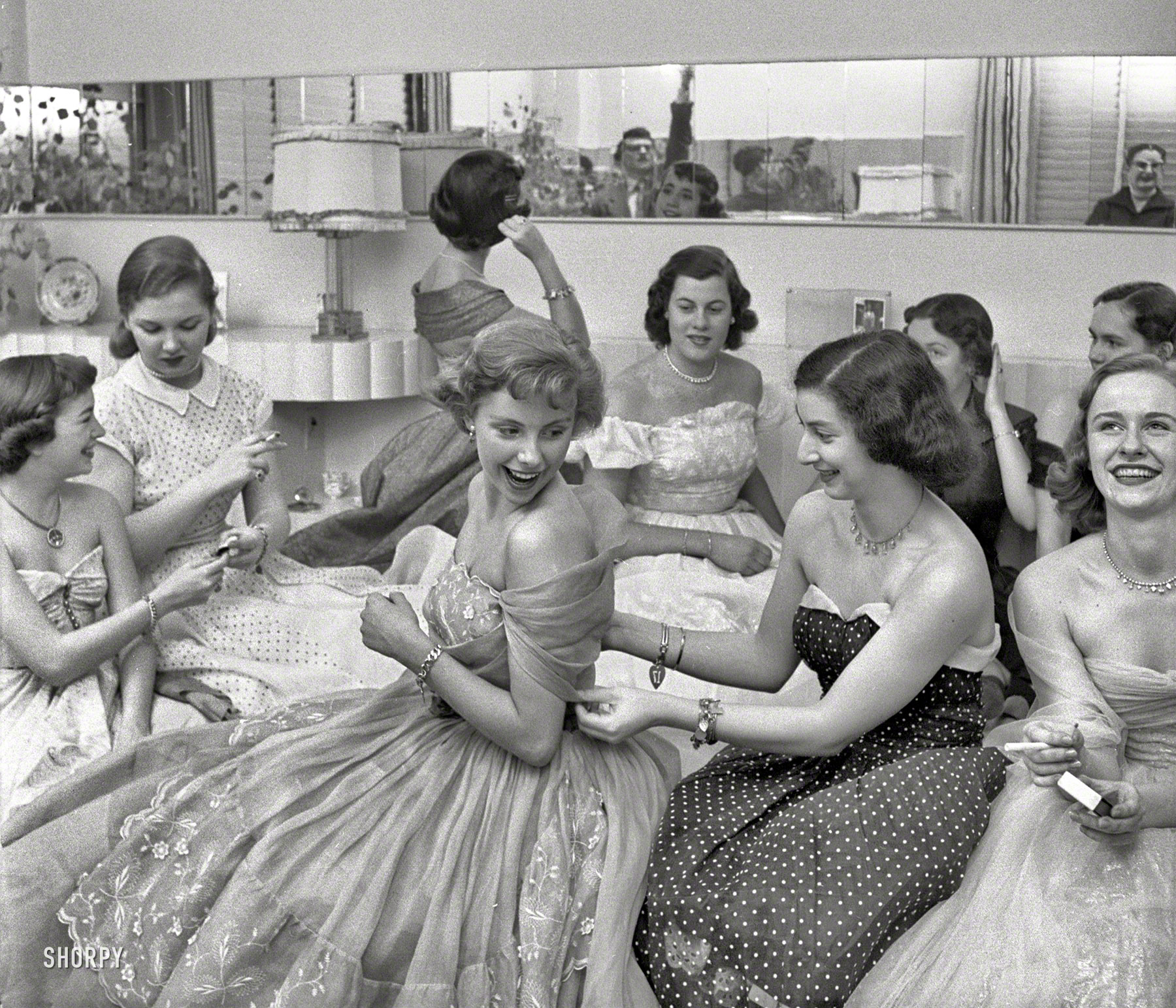
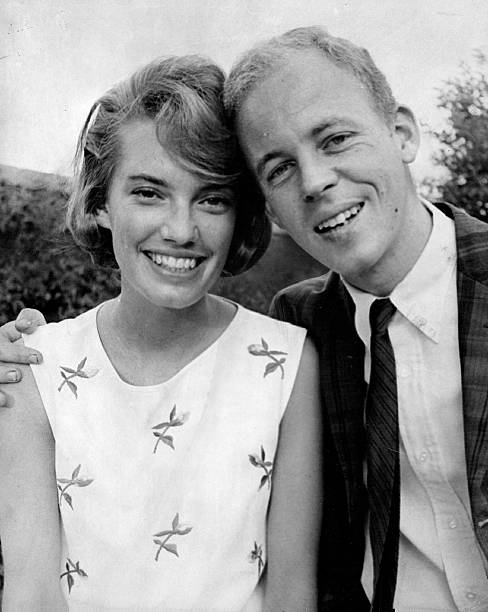




/https://www.thestar.com/content/dam/thestar/news/canada/analysis/2018/04/13/how-can-justin-trudeau-solve-his-pipeline-problem-here-are-his-options/justin_trudeau_transmountain.jpg)



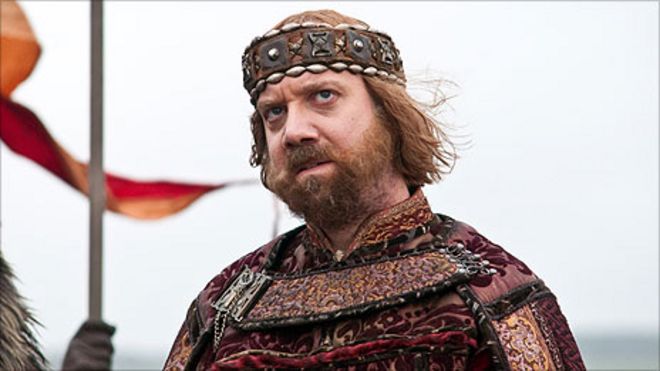
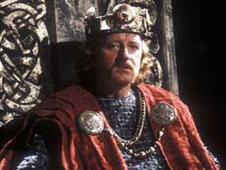
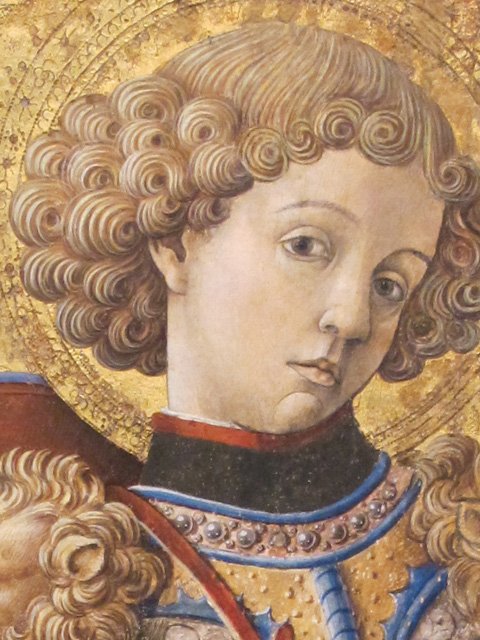
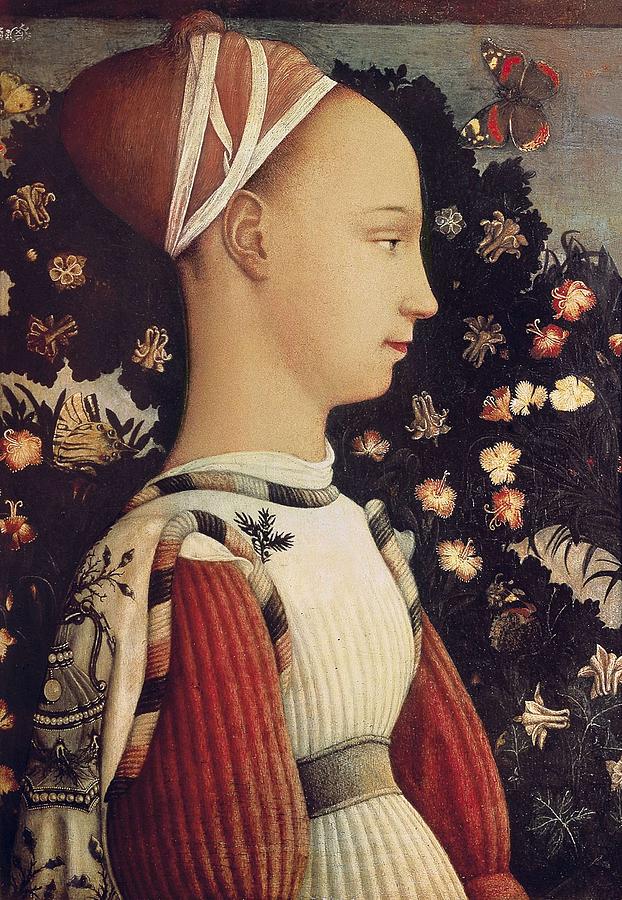


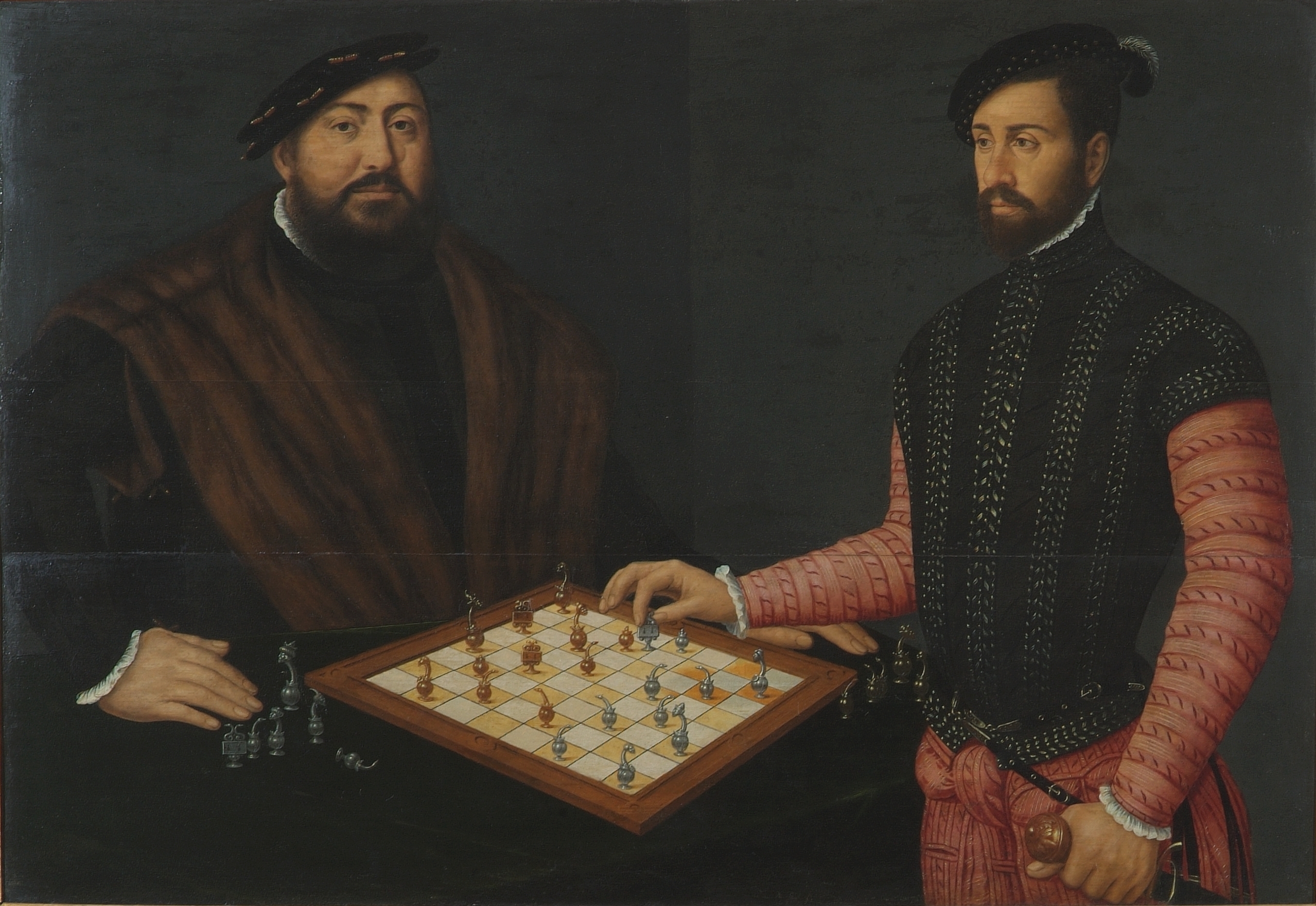

.jpg)
